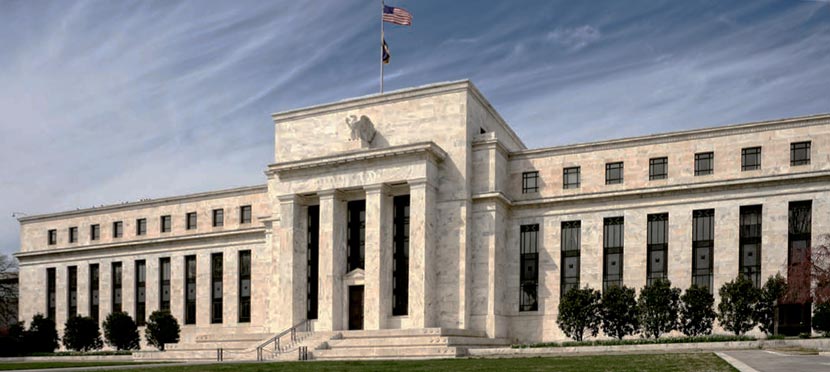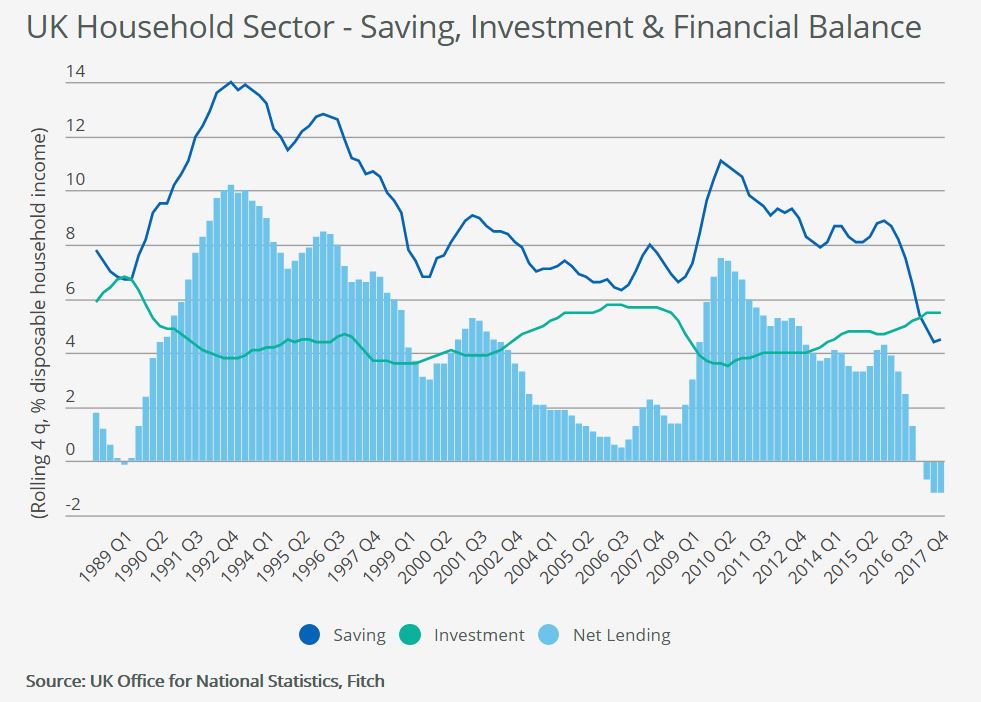Fitch Ratings says that China’s tightened regulatory stance has slowed the build-up in financial-sector risks and should help improve the financial system’s overall stability. However, Fitch Ratings does not believe these measures have reduced risks meaningfully enough to warrant the type of sector-wide bank rating upgrades recently made by Moody’s. The authorities have also not been tested in their resolve to tackle financial risks if economic growth slowed beyond tolerance levels.
The result of Moody’s approach is rating compression between policy banks and large state banks (and mid-tier banks to some extent), which creates potential for higher rating volatility. Fitch has adopted a ‘through-the-cycle’ approach and differentiates more between institutions that we believe are likely to receive a high level of state support and those for which support is less certain.
Regulatory tightening has slowed credit growth over the last year, particularly shadow-bank activities although they have not declined. Interconnectedness in the financial system has also fallen, as shown by a drop in interbank wealth-management-product investment in 2017 and lower sequential growth in bank claims on non-bank financial institutions since 2H17. The credit-to-GDP growth gap has narrowed, but we still expect our Fitch-Adjusted Total Social Financing to reach around 273% of GDP by end-2018F (269% at end-2017). A change in the outlook on China’s operating environment, currently ‘bb+’/negative, would hinge on continued deceleration in credit growth, with deleveraging reducing contagion risks and improving transparency and governance.
The largest state banks are likely to be less affected by tighter regulation (which could increase asset impairments), given their stronger capital positions and loss-absorption buffers, as well as superior liquidity (and geographical diversification for BOC). These factors underpinned our decision last month to upgrade the Viability Ratings of BOC, CCB and ICBC to ‘bb+’ from ‘bb’.
However, mid-tier banks are more exposed, due to weaker funding and liquidity profiles, larger off-balance-sheet activities, and lower loss-absorption capacity. Moody’s upgraded almost all banks in its ratings portfolio, including some mid-sized ones, noting that they are “managing the transition well by virtue of their capital strength, liability franchise and/or relatively modest involvement in shadow banking activities”. Fitch disagrees with Moody’s view that the mid-sized banks’ involvement in shadow activities is “modest”. We also view their capital as overstated if taking into account off-balance-sheet exposures. Any upgrades to bank Viability Ratings would likely require sustainable improvements in capital buffers commensurate with risk appetite.
Our approach to support ratings for Chinese banks also differs. Fitch does not, for example, factor institutional support into the ratings of Ping An Bank or China Guangfa Bank (both BB+/Stable/b), as their largest shareholders are insurers that are subject to sector-specific regulation and would be similarly affected as the banks in a stress scenario, given the nature of their investments. These two banks represent over half of their largest shareholders’ assets, which raises doubts over their parents’ ability to provide support.
Fitch believes the state’s propensity to support different tiers of banks will vary under a stress scenario, with mid-tier banks unlikely to receive the same level of sovereign support as larger banks. Moody’s gives a three-notch uplift for many mid-tier banks, which is equivalent to the uplift that it gives for BOC, CCB and ICBC. Moody’s also now equalises its ratings of almost all state banks with the policy banks and the sovereign, which means it gives a higher support uplift, of four notches, to ABC and BOCOM than to the largest state banks.
Fitch will continue to focus on differentiating the potential for support in its rating analysis and research. In addition, Fitch’s ‘through-the-cycle’ approach aims to minimise ratings volatility.









